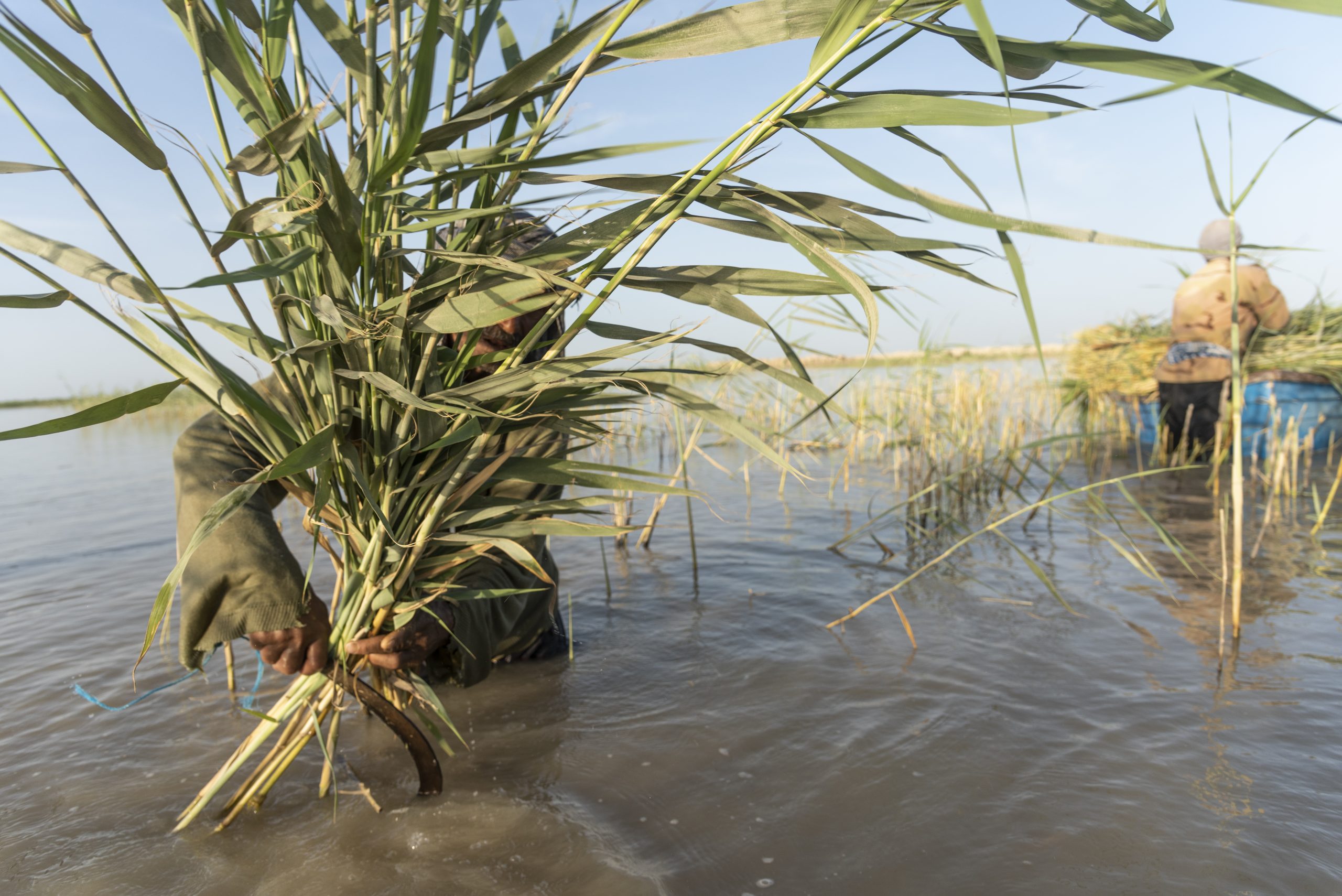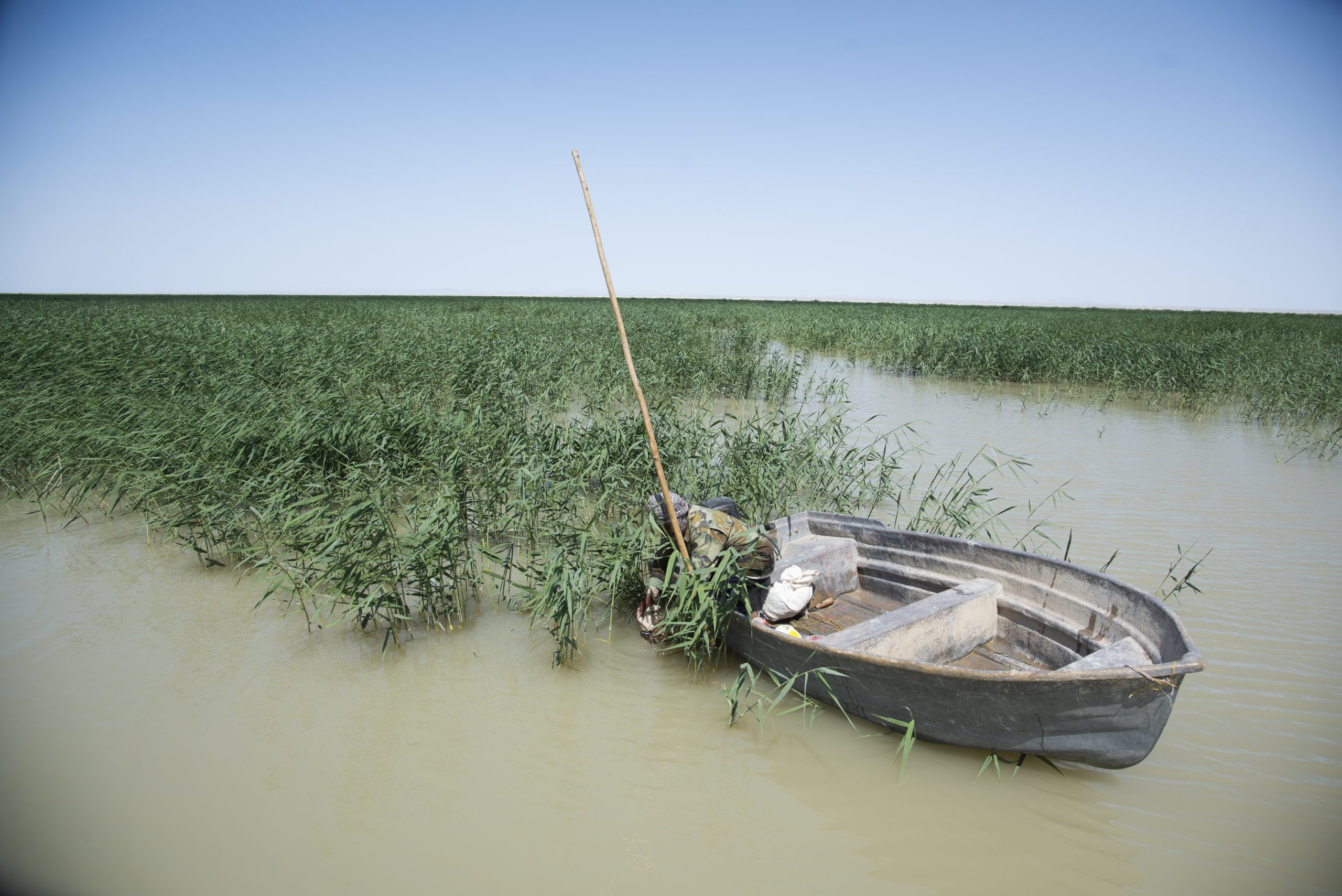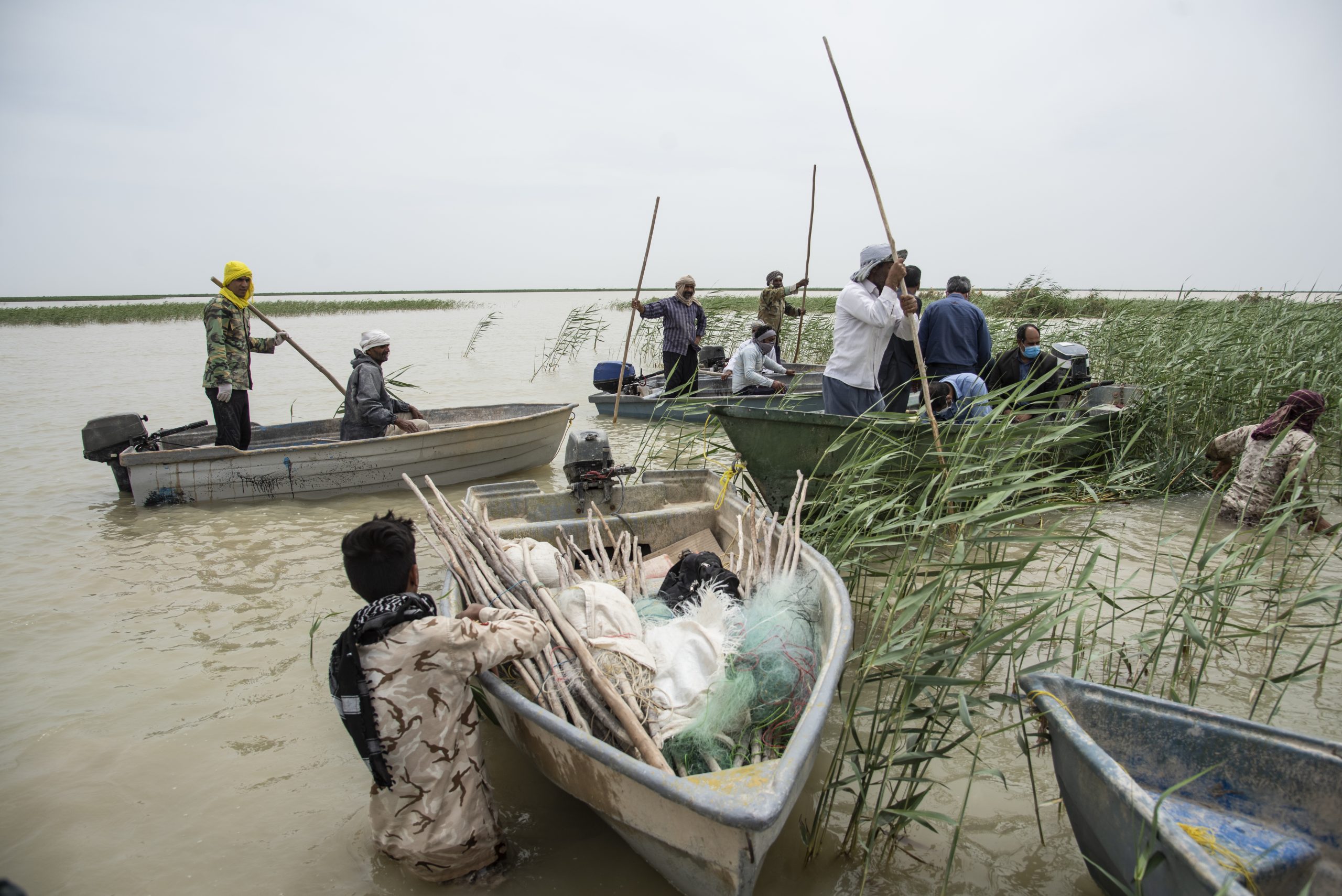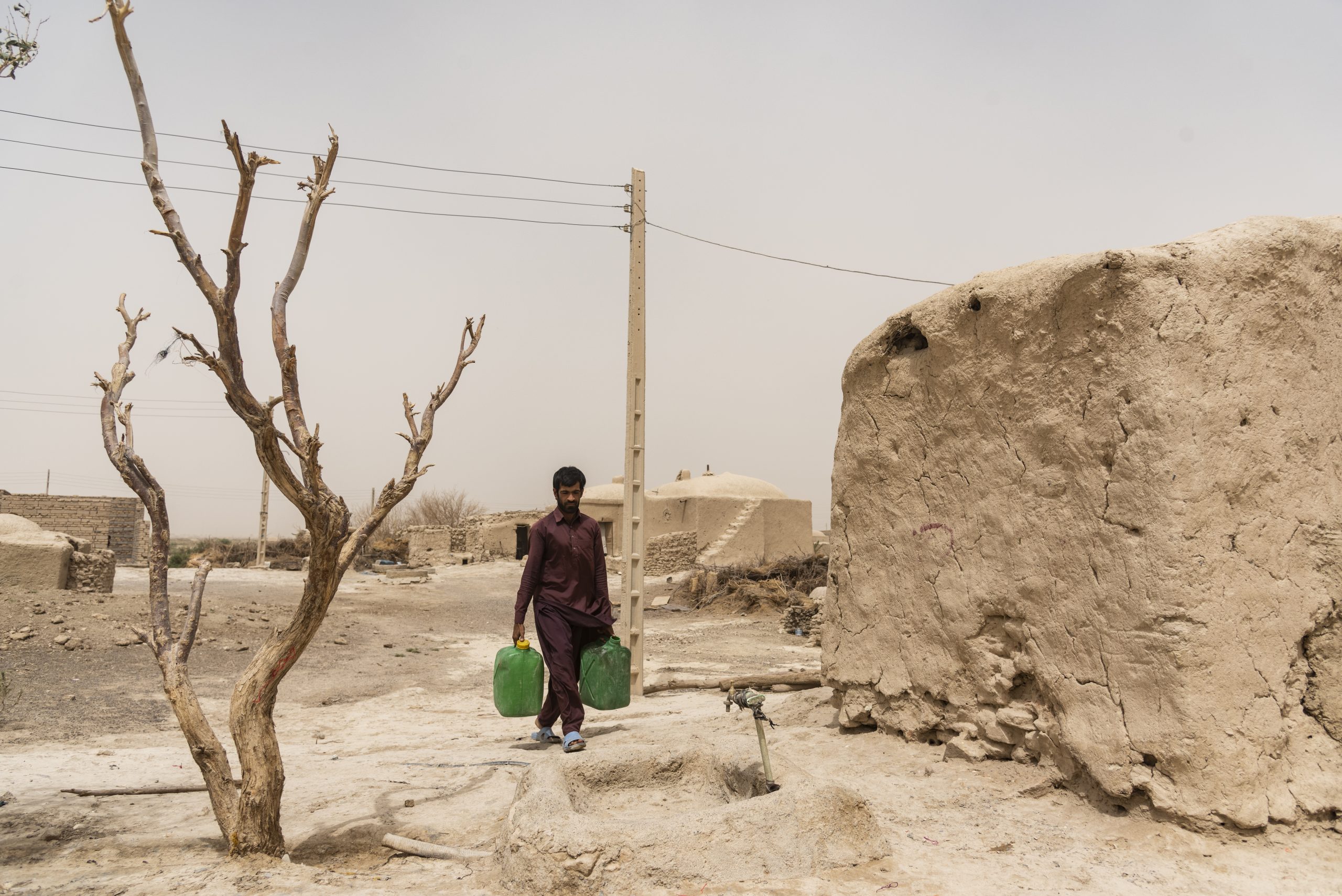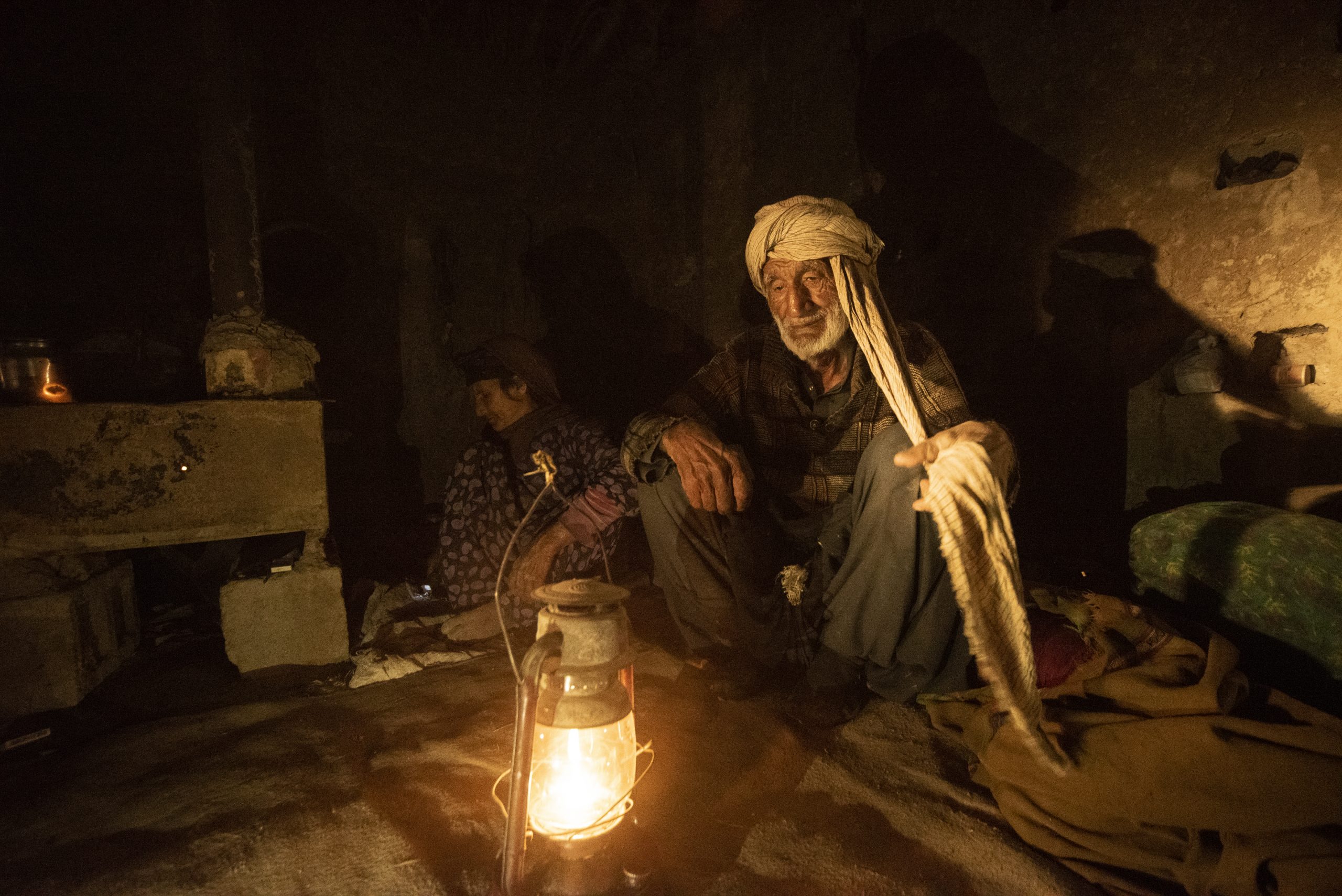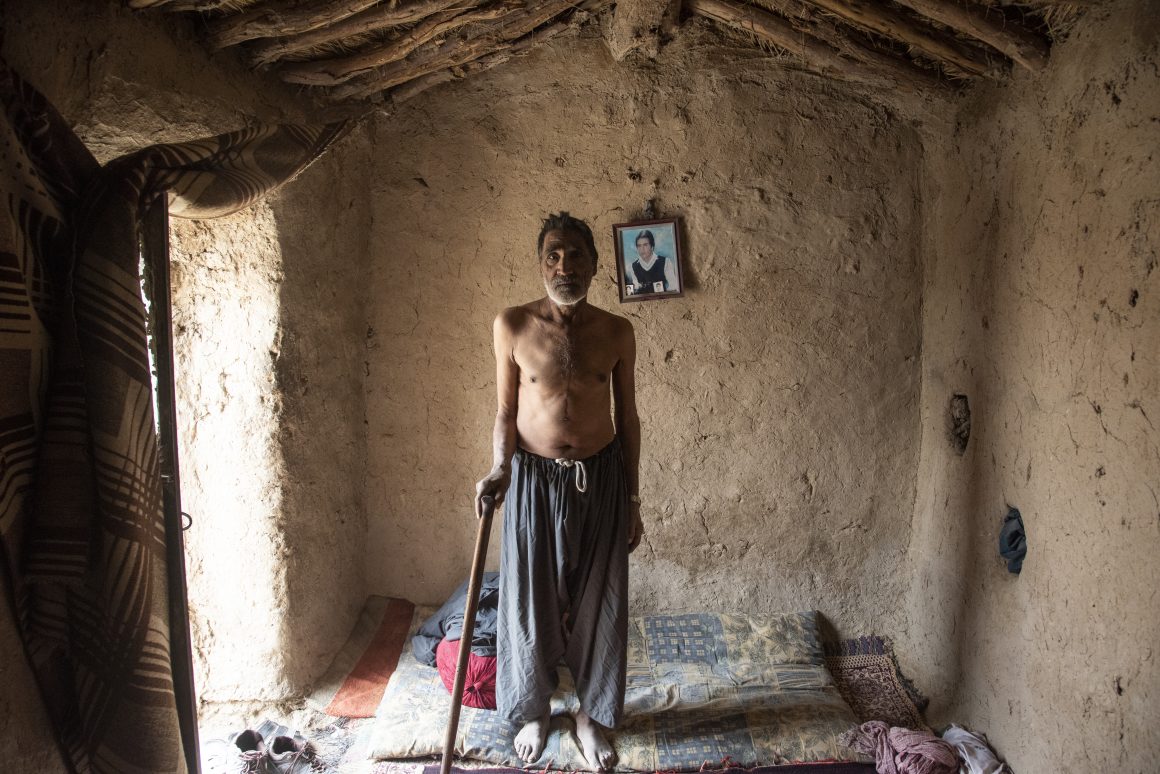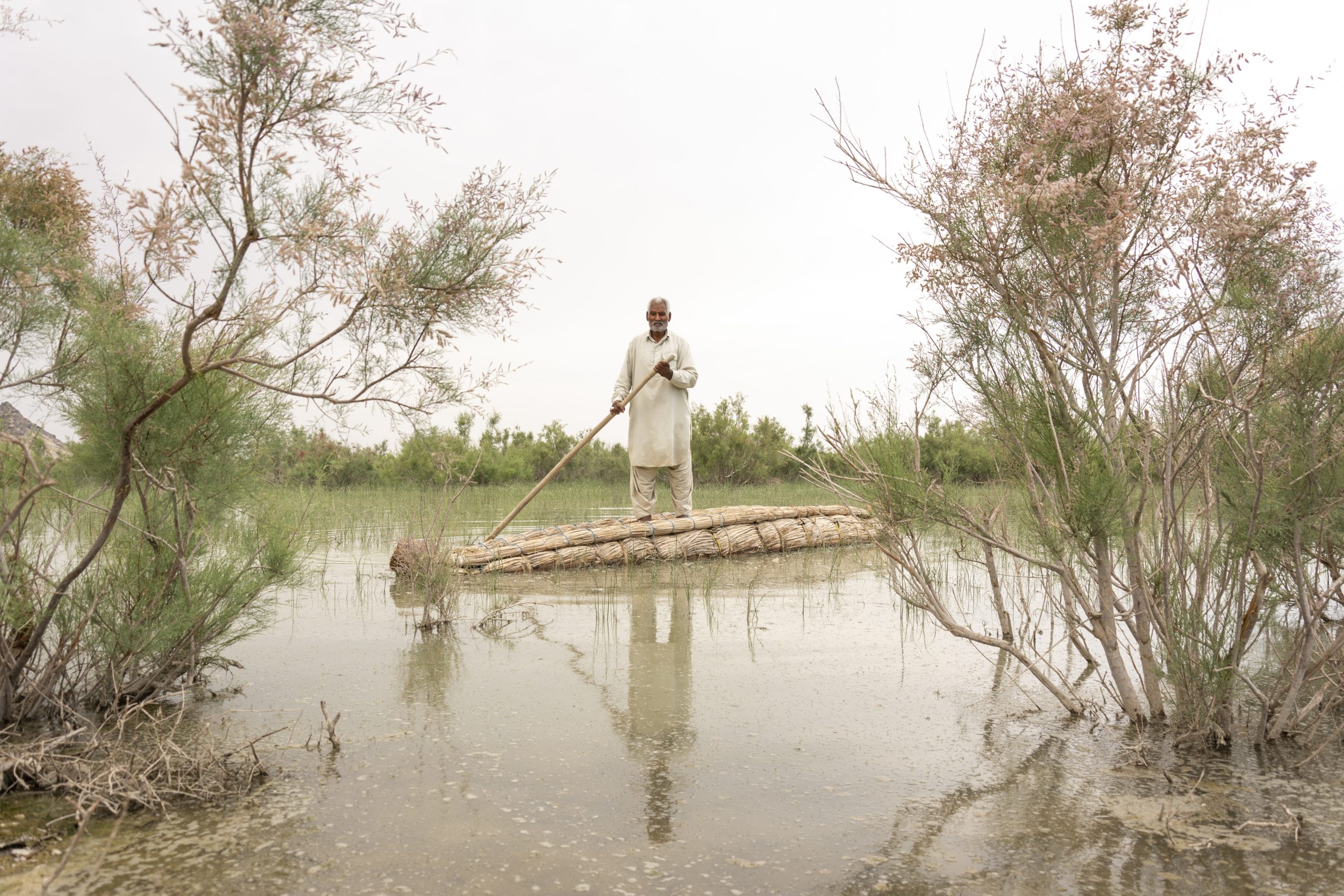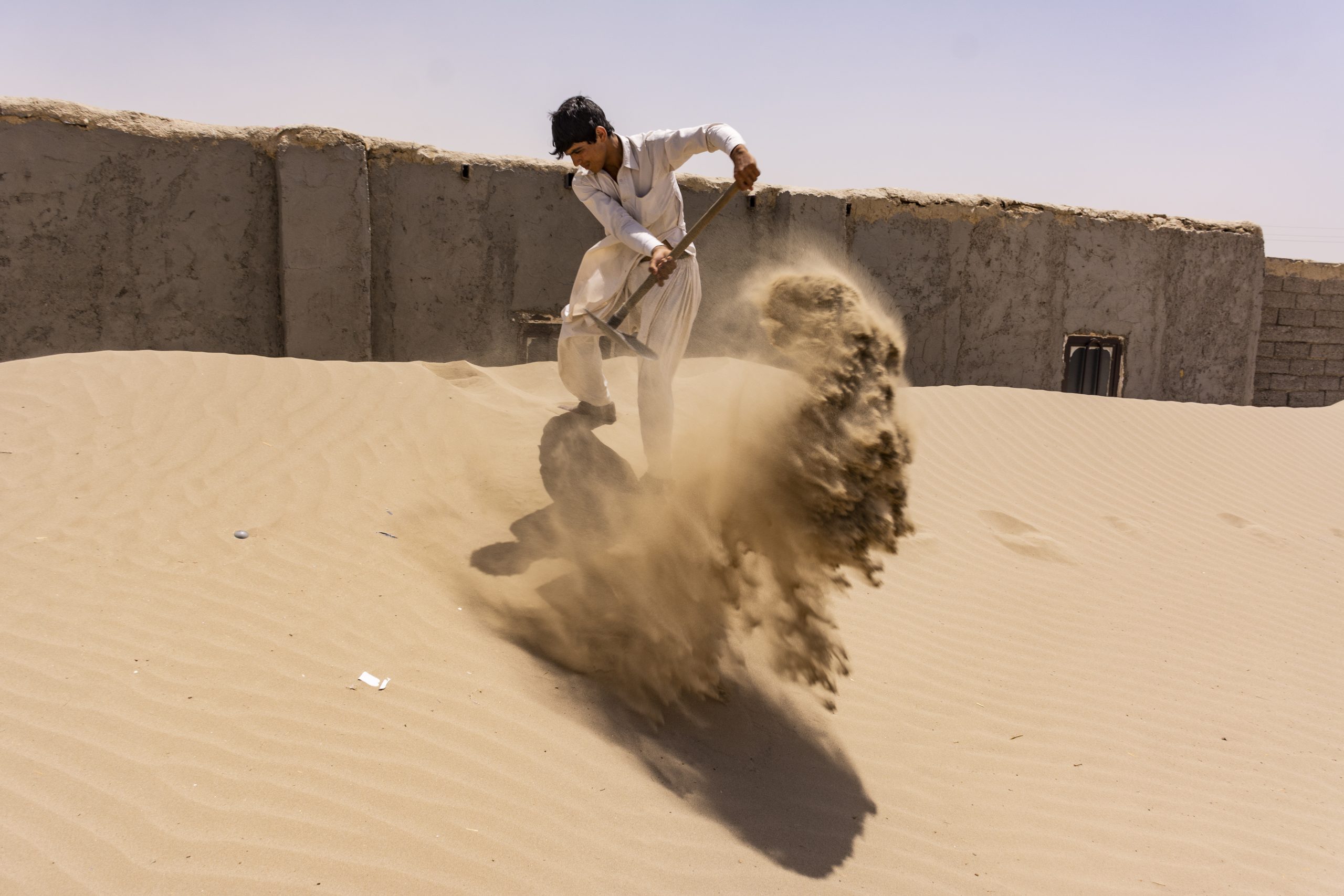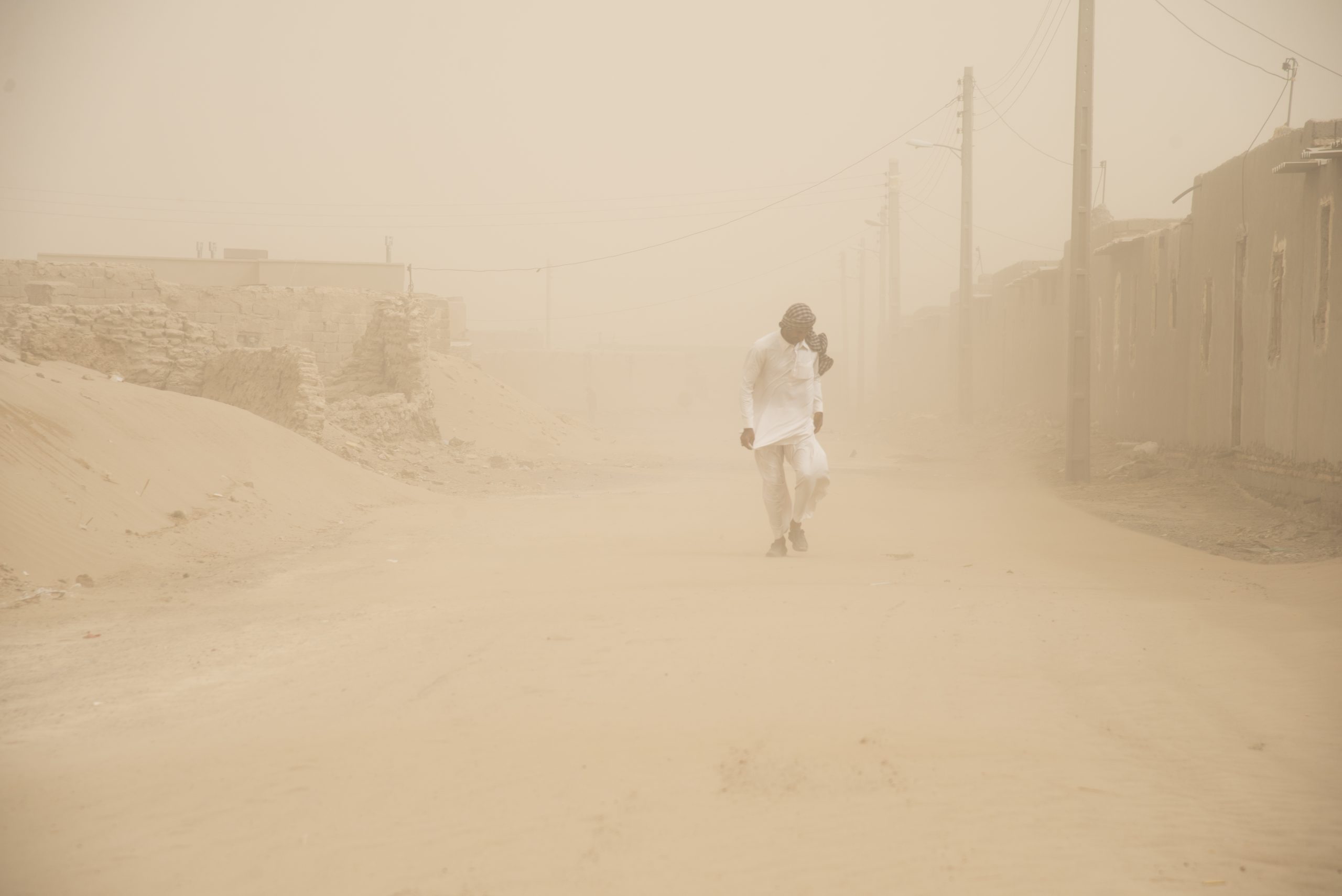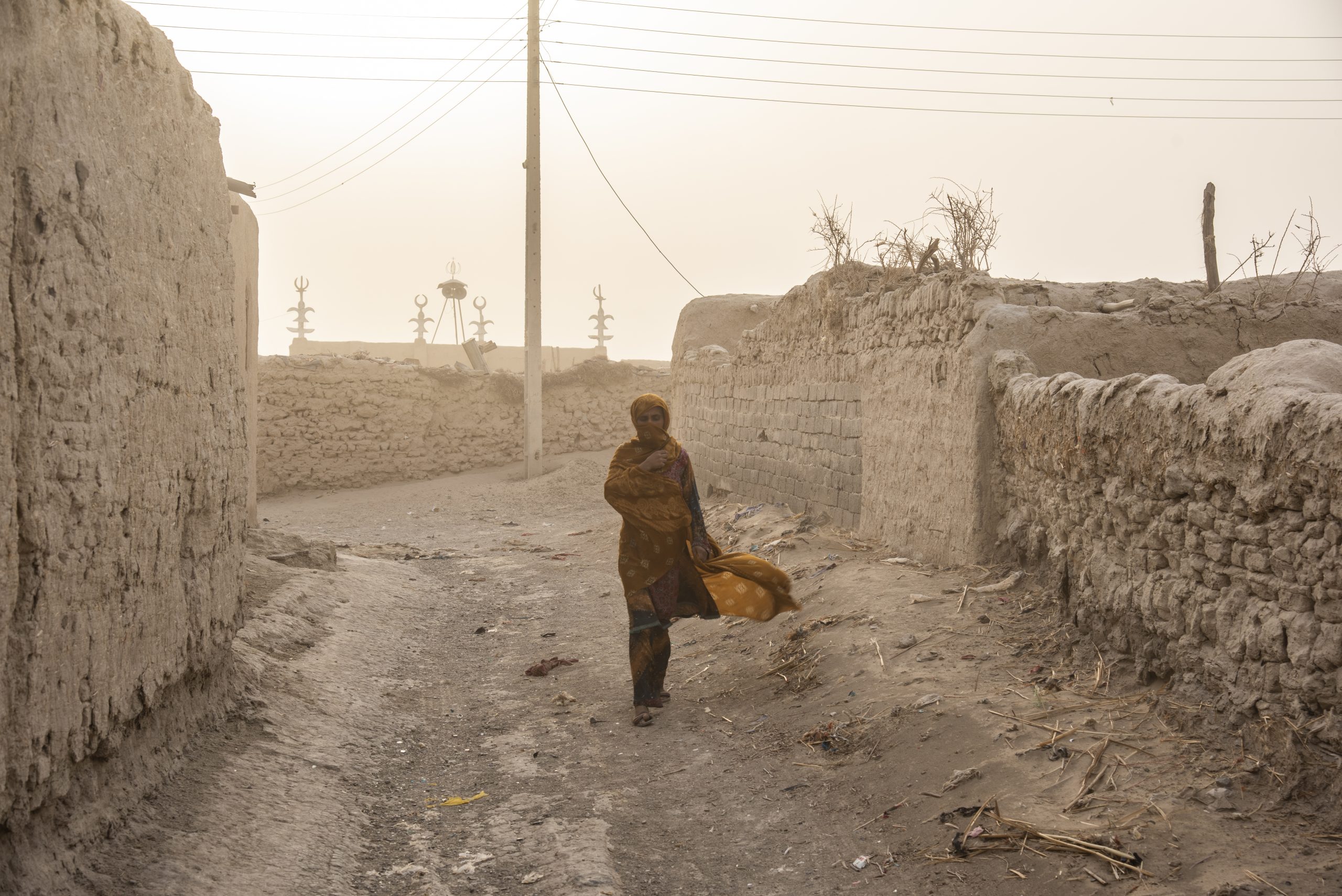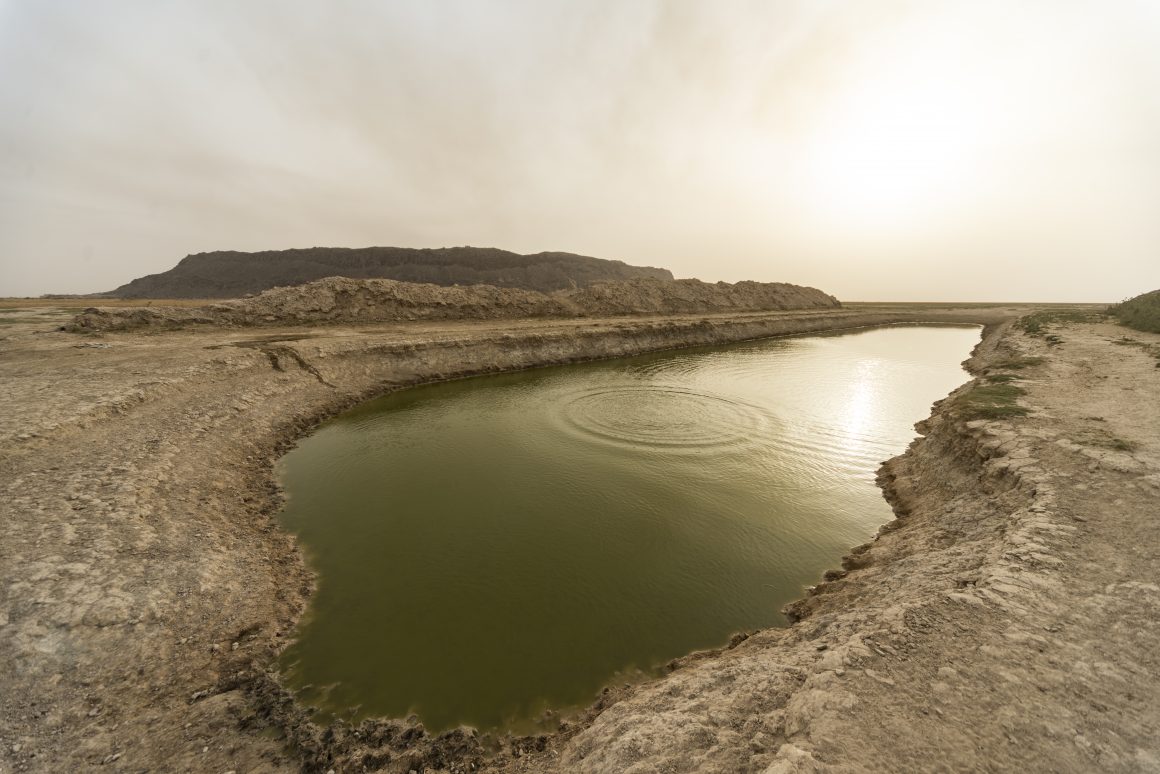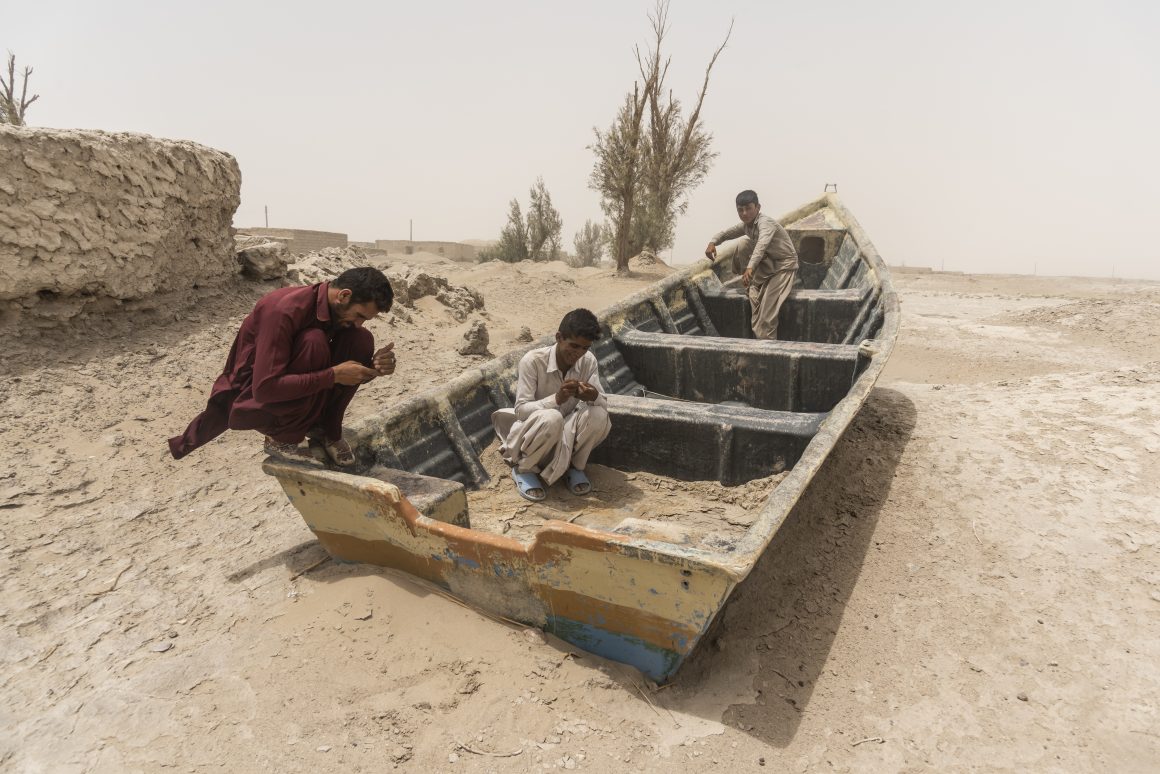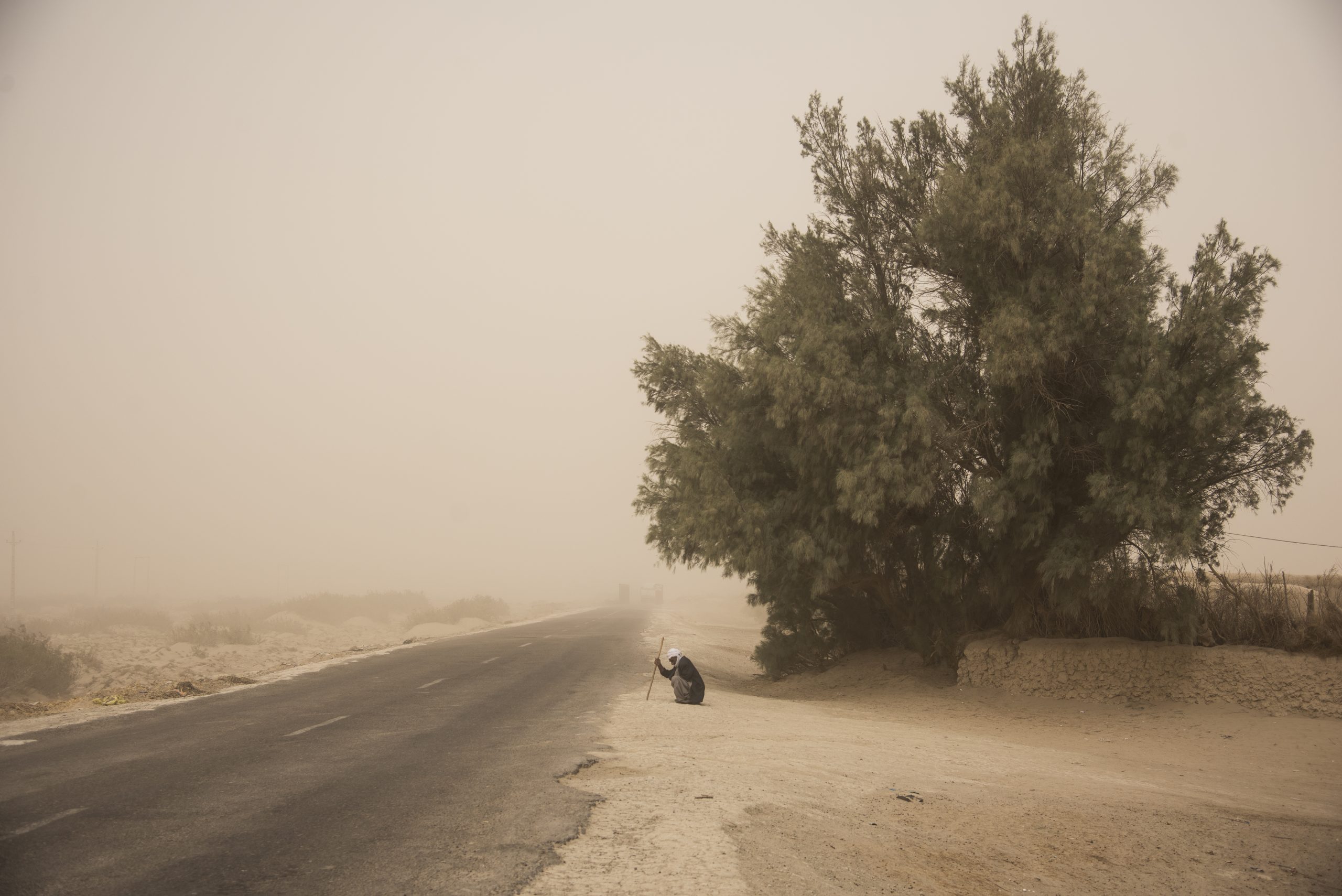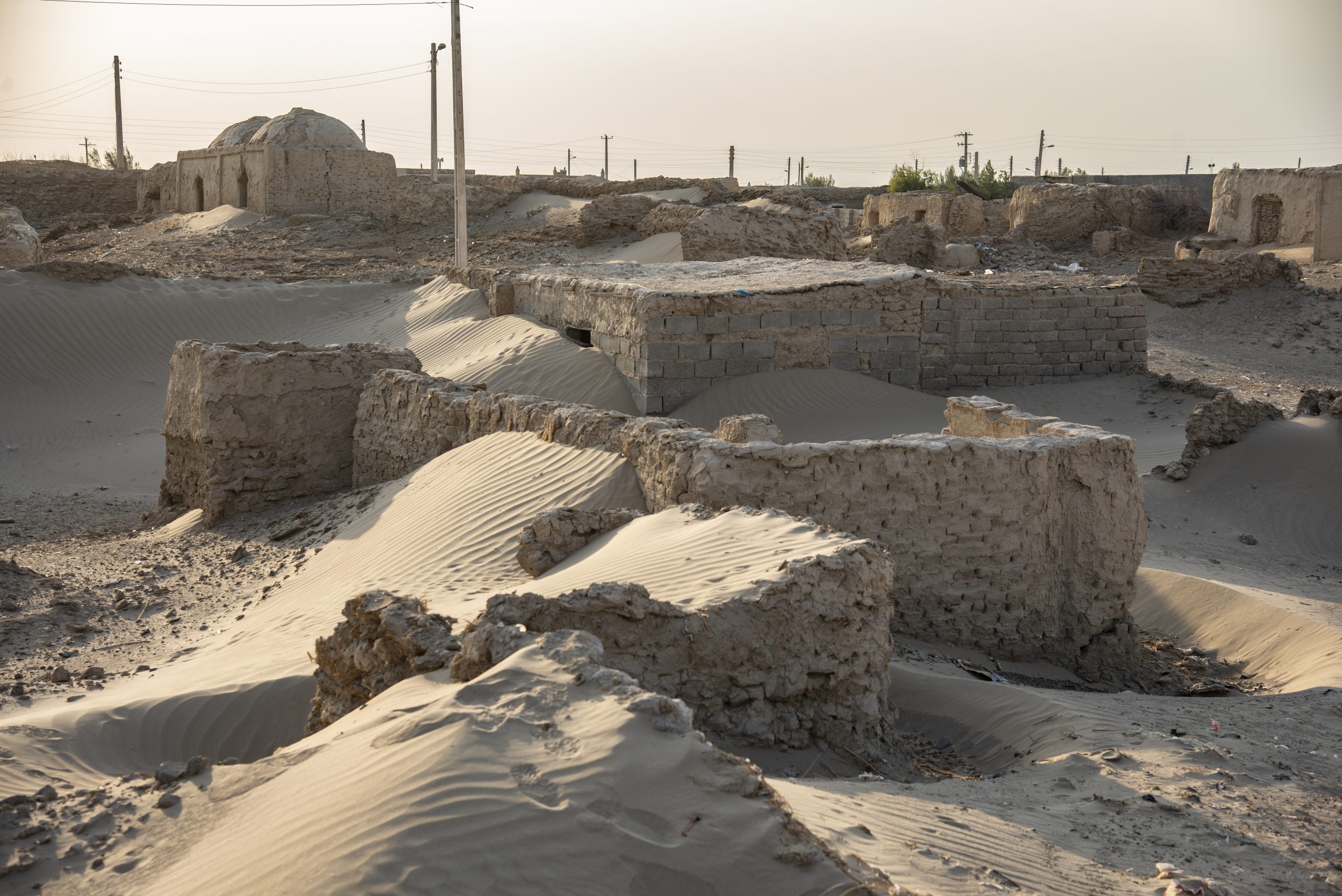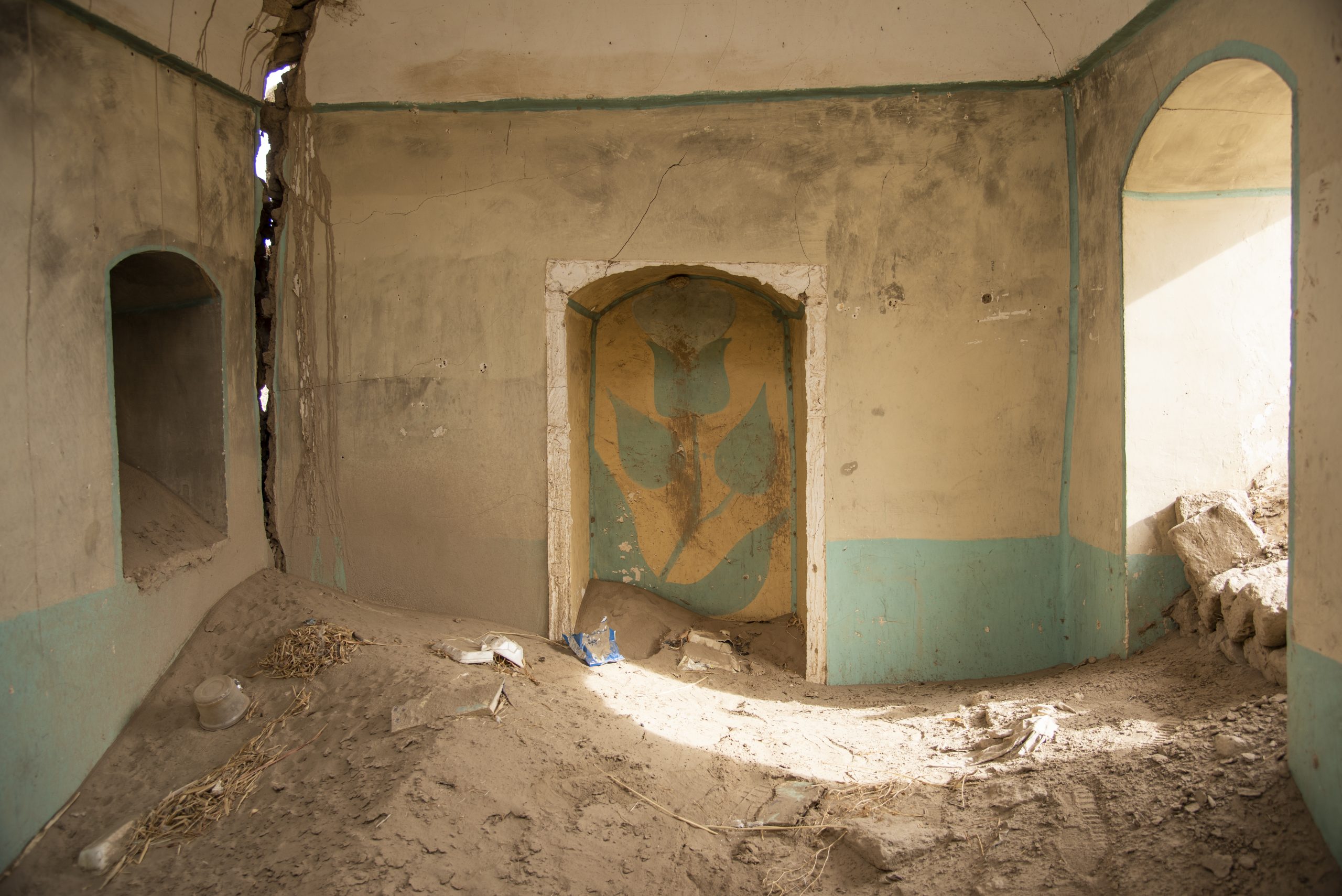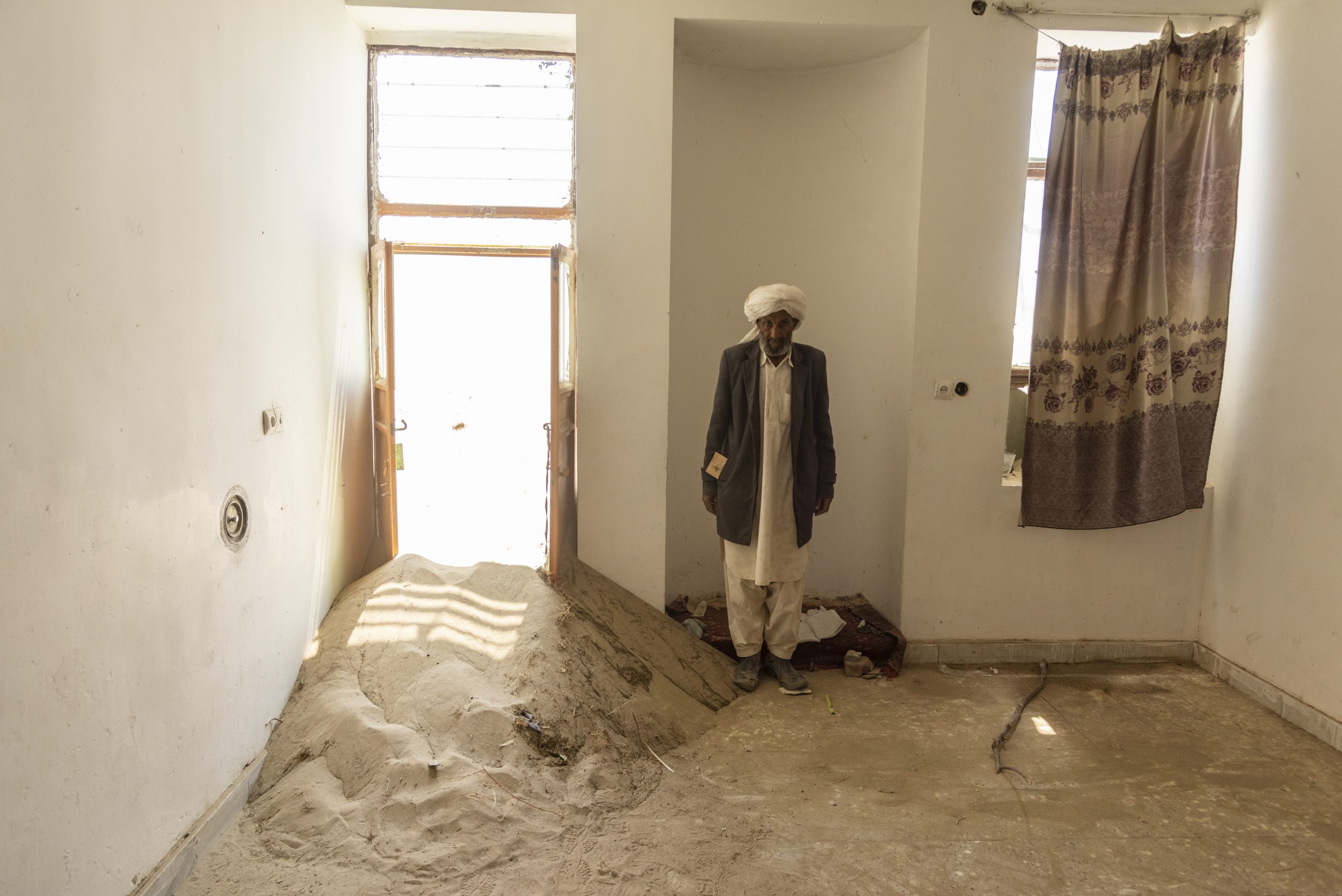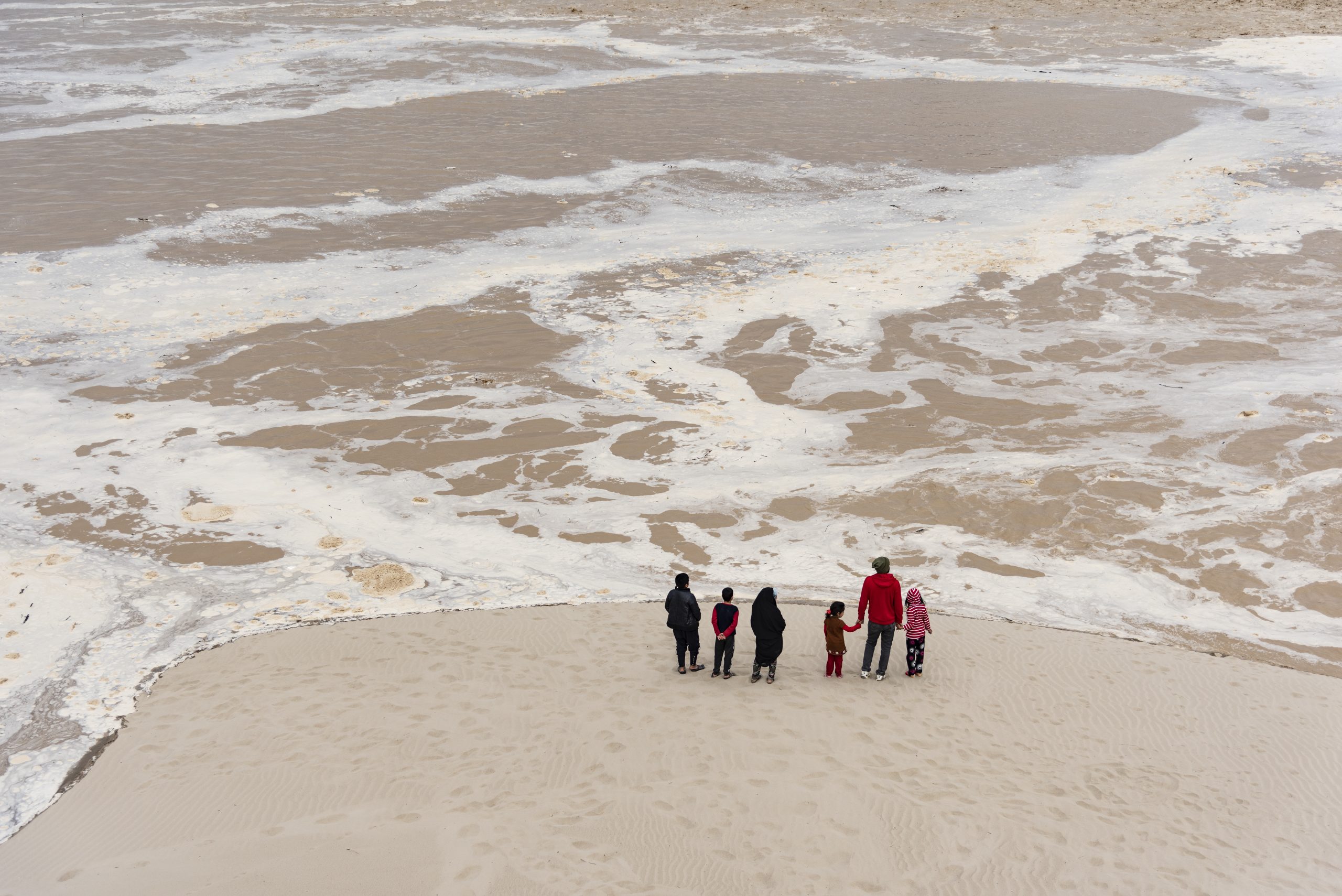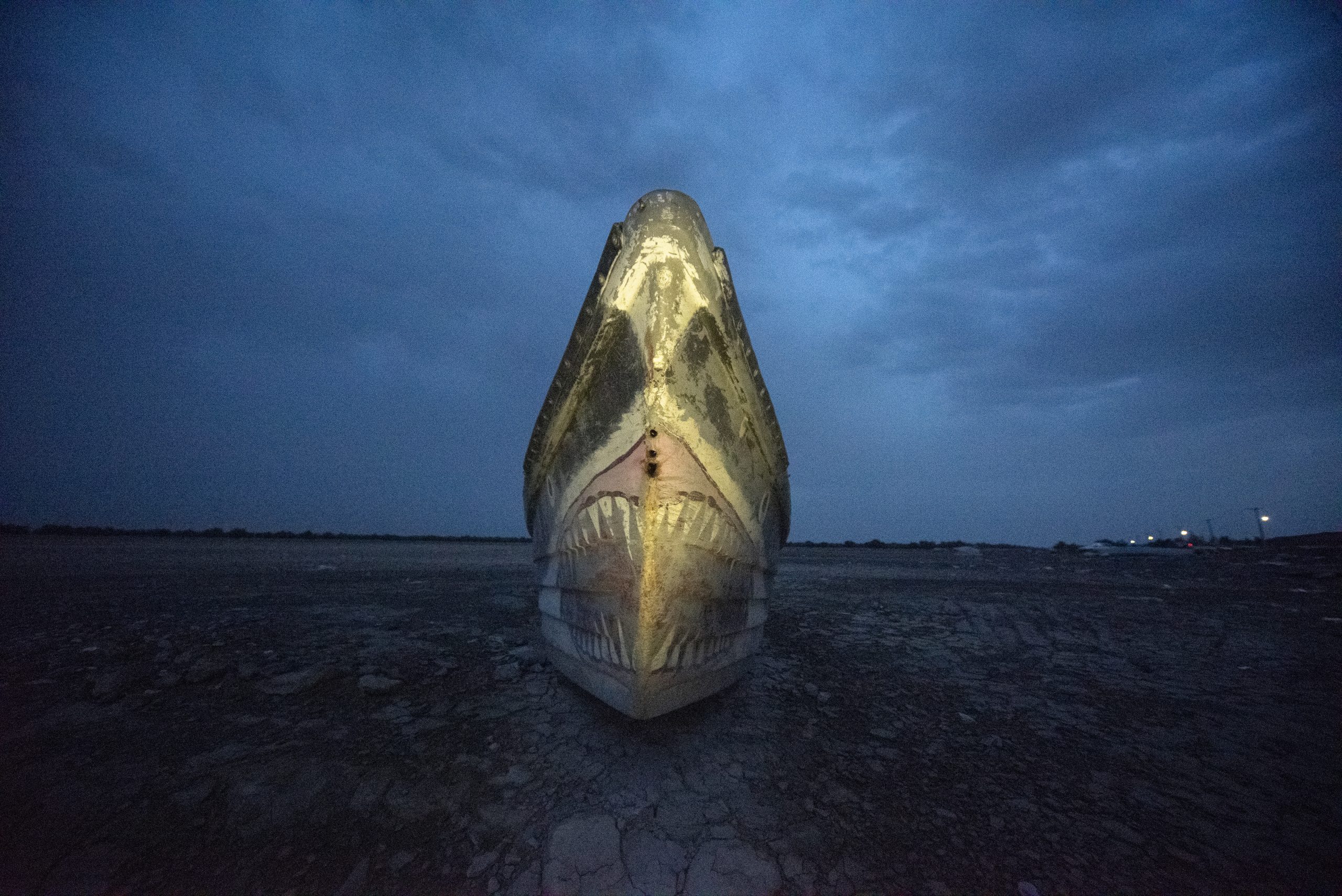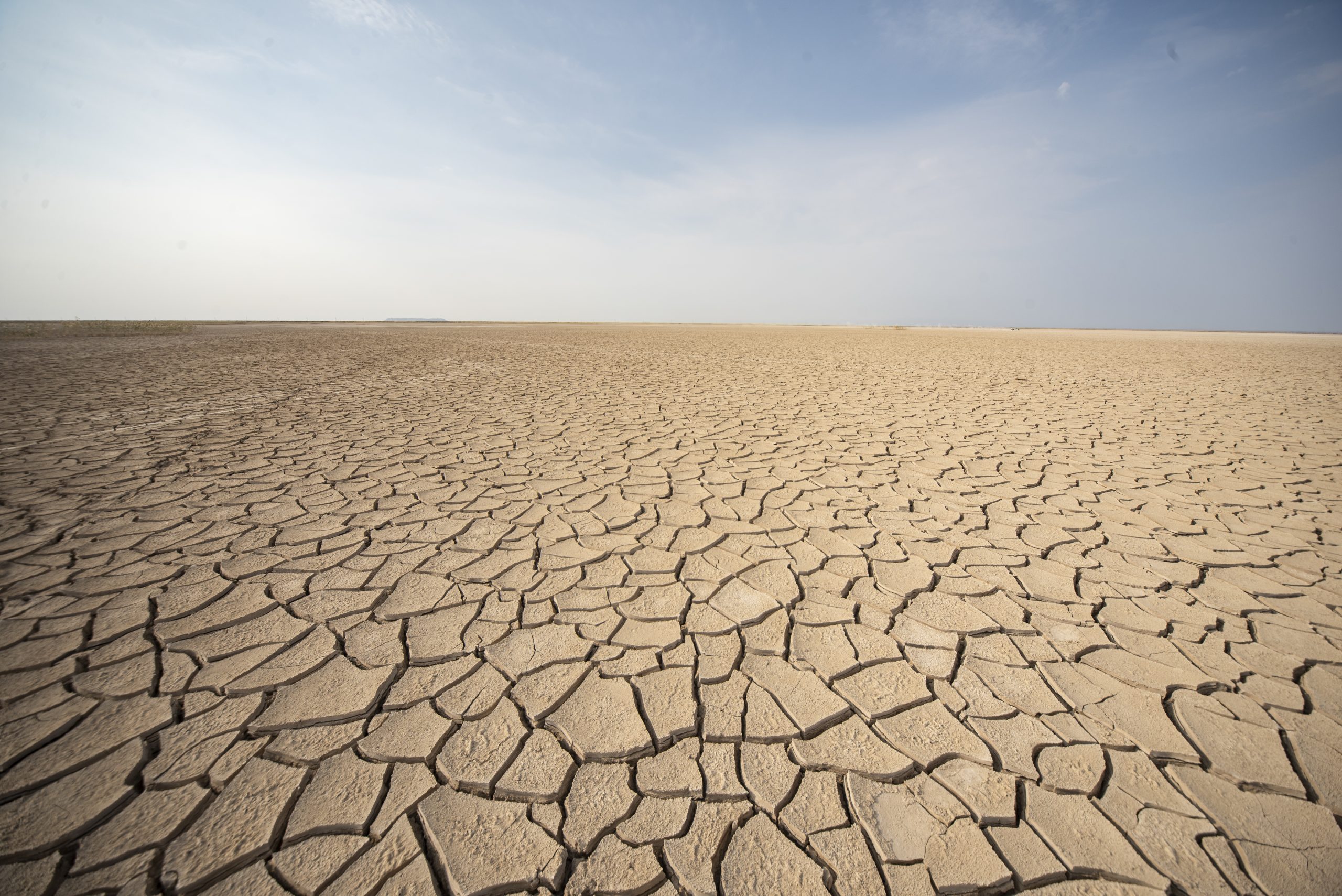
Hamun Lake is the third largest (and the largest freshwater) lake in Iran. However, over the past 20 years, Hamun has completely dried up. Only in rare years with a lots of rainfall, small sections of the lake only temporarily resupply.
Hamun’s regions have experienced water shortages in the past, but the recent drought has persisted on an unnatural timescale. In addition, human factors have also intensified this semi-natural disaster. The drought has affected the lives of about two million people living in Iran and Afghanistan. As ruralist markets driven by farming and fishing have been all but destroyed, those former farmers and fishermen turned to bartering goods and smuggling and selling petrol fuel. The Iranian government, however, built a 200-hundred-kilometer-long concrete wall to control local city borders. As a result, the rate at which these people earned their livings ground to a halt. As a result, nearly all of the residents of Hamun’s banks except the elderly and senile had to leave the area in search of work, leaving their vulnerable family members behind.
The drought has also destroyed the region’s once-flourishing wildlife; migratory birds, as well as fish in the lake, who once thrived on Amun’s resources, are now at risk of extinction.
In the last three years, the slight increase in rainfall has resupplied water only to a relatively small part of Hamun. In an attempt to restore the region’s habitats, Iran’s Fisheries Organization has released hundreds of thousands of endangered carp into the lake; until now, however, millions of fish have died as the water dried up once more in a span of only a few months. Local people, once fishermen, collect the dead, rotting fish in hopes of earning some money by selling them to fertilizer companies. These fishermen will have no tangible income by the upcoming year. Until then, they have no real livelihood outside of constantly looking at the sky in hopes of the much-needed rain that would at least temporarily restore their livings.
